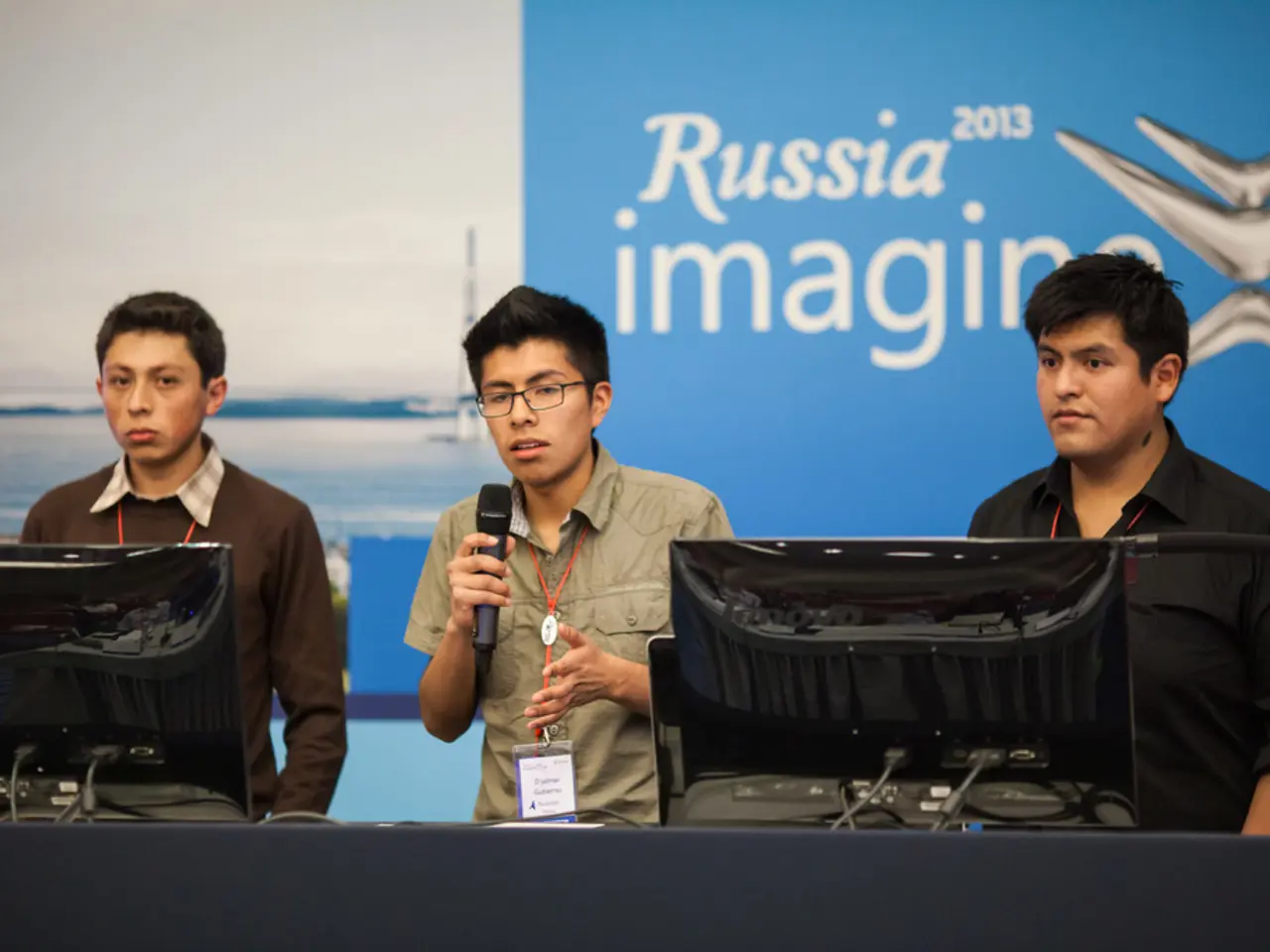National lab's threat-detection operations are hampered due to the expiration of the CISA contract.
The renewal of the contract between the Cybersecurity and Infrastructure Security Agency (CISA) and the Lawrence Livermore National Laboratory (LLNL) for reviewing CyberSentry data has been delayed, causing a significant disruption in critical infrastructure cybersecurity operations.
The contract, which ended on July 20, is currently awaiting the renewal agreement between the Department of Homeland Security (DHS) and the Department of Energy (DOE). This delay in the contract renewal is due to new policies from the Trump administration that have slowed down the process of reviewing contracts for approval.
As a result, LLNL's threat-hunting activities under the CyberSentry program have stopped. National labs must have an active government funding contract to operate legally, and the current lapse in the contract has halted the analysis of CyberSentry sensor data by LLNL threat hunters.
Although CISA officials claim that CyberSentry remains “fully operational” and that the program is continuing through analysts outside LLNL, the absence of LLNL’s unique computational and AI-driven analytic capabilities has reduced the program’s effectiveness.
The gap in the analysis of CyberSentry data creates a temporary blind spot in detecting sophisticated cyber threats that target the United States’ critical infrastructure sectors—such as energy, water, and healthcare—potentially exposing these systems to espionage or cyberattacks that can cascade into physical disruptions or national security risks.
The CyberSentry network-monitoring sensors are free voluntary tools available to critical infrastructure organizations. They have been instrumental in detecting previously unseen attack techniques, such as stealthy surveillance tools embedded into US infrastructure. The reduction in the analysis of CyberSentry data could delay the discovery of important threat indicators due to the amount of information the sensors generate.
A House Homeland Security cyber subcommittee hearing was held on Tuesday to discuss this issue. The disruption to LLNL's CyberSentry analysis poses a real risk by leaving critical infrastructure more vulnerable to cyberattacks exploiting system interdependencies and could hinder the nation's ability to preempt or respond to complex cyber threats effectively.
References:
- Washington Post
- The Hill
- Ars Technica
- Nextgov
- The current predicament in renewing the CISA and LLNL contract, coupled with new policies from the Trump administration, has raised concerns about privacy and security in the realm of technology, considering the potential vulnerabilities it exposes in critical infrastructure sectors such as energy, water, and healthcare.
- In the world of sports, where teams constantly need to stay one step ahead of their opponents, the temporary pause in the analysis of CyberSentry data might comparable to a team losing their best scout, leaving them blind to strategic opponent movements, potentially exposing them to significant risks.




